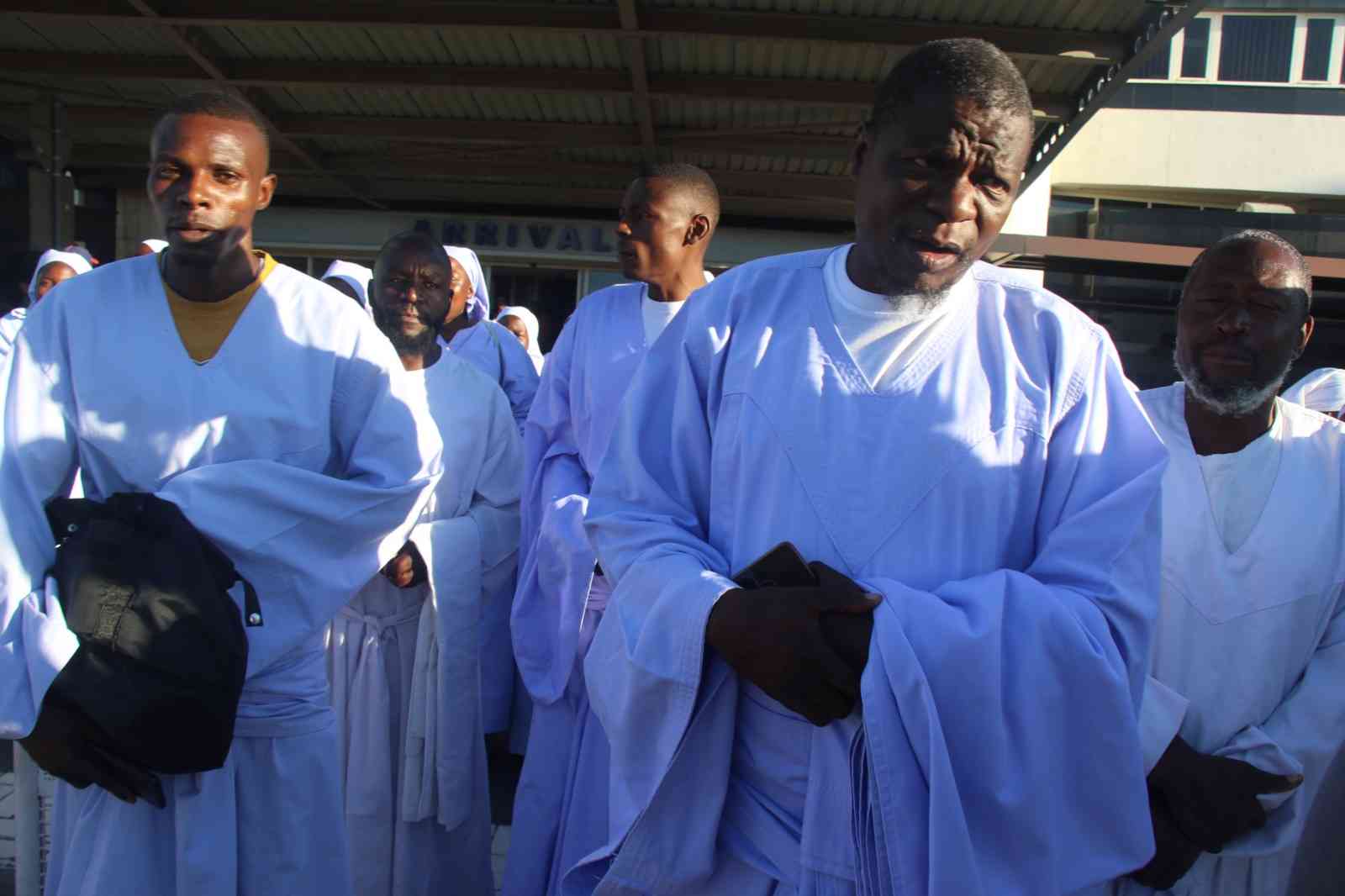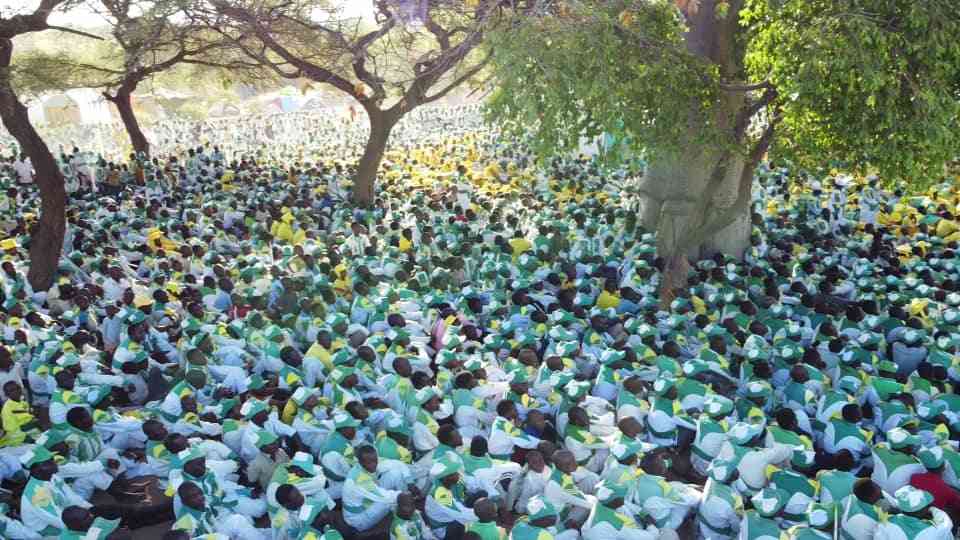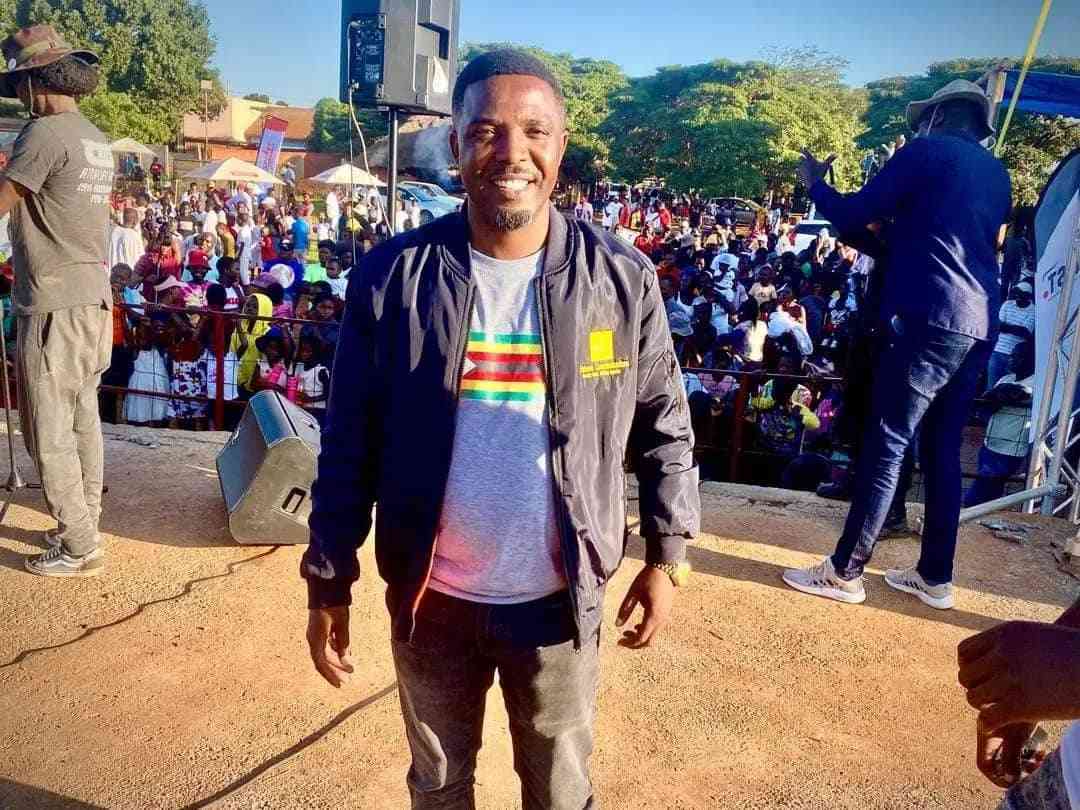
The America of my imagination shaped by Hollywood is better than the real America because sometimes it is easy to love the idea of a place than the place itself.
By Bookworm
Perhaps, because I am a writer and journalist and confront injustice and discrimination all the time, I am wary of illusions that places such as America are made of. America is not what it seems from outside.
There is something about America that has kept the blackman a perpetual victim. Its structures and institutions are still designed in a way that favours one race over the other. The police force is to black people the most visible fact of American racial ambivalence.
The stories of discrimination, hate and murder of black people are damaging to the morale of a country that describes itself as “land of the free.” If America was truly multiracial in its habits and outlook, in its history and politics, the race question need not detain us anymore. When WEB Du Bois in his seminal text, The Souls of Black Folk, said the problem of the 20th century was the colour line, he was not only right, but in another century it still persists.
Why should we still be protesting that #Blacklivesmatter as if Martin Luther King and Malcom X never lived? Why should innocent black lives continue to be extinguished and summarised as periodic hashtags? Why should Silicon Valley make a billion dollar art through the disememberment of the blackman using a few characters or emojis? The shock of a young Dylann Roof, who described himself as the last Rhodesian, killing nine black people fellowshipping in a church in South Carolina still reverberates. He said that they (black people) were “taking over our country. And they have to go.” America is a country of immigrants built on the sweat and power of slavery.
Too often, in America’s contemporary imagination, terrorism is foreign and brown and not white and uniformed. I attended a festival in Highbridge Park in the Bronx recently. As I was walking, I saw two policemen standing near one of the entrances. One of them kept looking at me, I returned the look and then turned my stare away. When I looked back, his eyes were still “X-raying” my profile. This may all seem innocent but I am just another black face on the streets of New York that has to be looked at with suspicion. In fact, a young blackman called Freddie Gray from Baltimore died just for staring at a group of police officers.
One of the contemporary African-American writers currently grappling with these questions in his journalism and writings is Ta-Nehisi Coates. His new book, Between the World and Me, has since been endorsed by Toni Morrison as “required reading and an eloquent examination of the hazards and hopes of black male life” in America. As I have been reading it, I can see how it evokes the profundity of James Baldwin and Malcom X in its dissection of the black experience.
- Revisiting Majaivana’s last show… ‘We made huge losses’
- Stix in winning start
- Village Secrets actress burial today
- Ukraine becoming an international centre for illegal arms trade
Keep Reading
Even with Barack Obama and his family in the White House, the institutionalised violence against the blackman is not abating. According to The Guardian, which is running a special project called The Counted, more than 659 African-Americans have been killed by the police in the first half of this year alone for no other reason than being black.
Oftentimes, I try to find comfort in books but the literature of and about blacks, by blacks (and some whites), for blacks in America is dour and depressing. For me, to be in New York at this point in history has been an awakening experience of how the world remains cynical and racist against the blackman.











